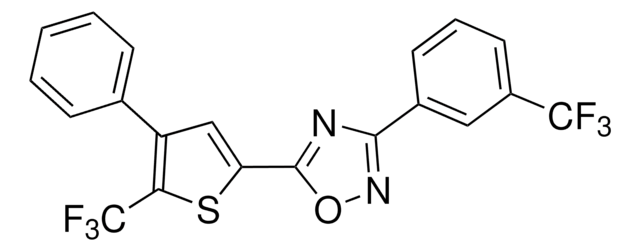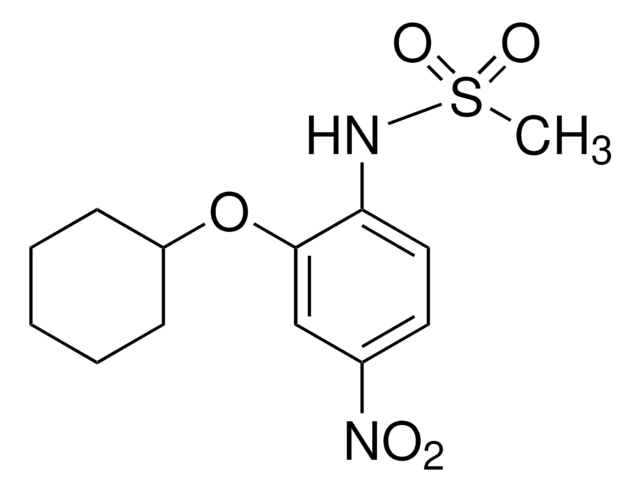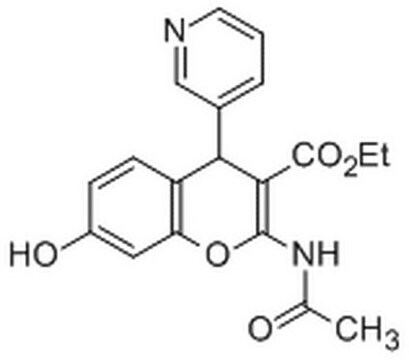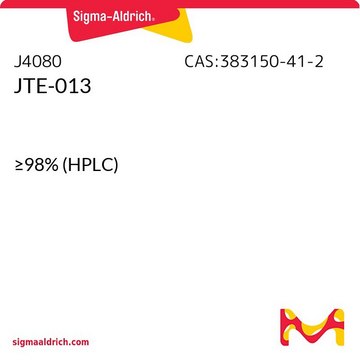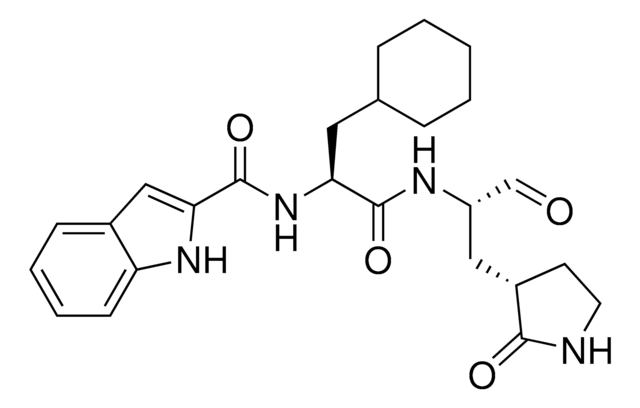SML2499
TY-52156
≥98% (HPLC)
別名:
1-(4-Chlorophenylamino)-1-(4-chlorophenylhydrazono)-3,3-dimethyl-2-butanone, 1-(4-Chlorophenylhydrazono)-1-(4-chlorophenylamino)-3,3-dimethyl-2-butanone, N-(4-Chloroanilino)-N′-(4-chlorophenyl)-3,3-dimethyl-2-oxobutanimidamide, TY 52156, TY52156
About This Item
おすすめの製品
アッセイ
≥98% (HPLC)
フォーム
powder
色
white to very dark brown
溶解性
DMSO: 2 mg/mL, clear
保管温度
2-8°C
SMILES記法
CC(C)(C(/C(NC1=CC=C(C=C1)Cl)=N/NC2=CC=C(C=C2)Cl)=O)C
InChI
1S/C18H19Cl2N3O/c1-18(2,3)16(24)17(21-14-8-4-12(19)5-9-14)23-22-15-10-6-13(20)7-11-15/h4-11,22H,1-3H3,(H,21,23)
InChI Key
XONRRGIRSGNWFP-UHFFFAOYSA-N
生物化学的/生理学的作用
保管分類コード
11 - Combustible Solids
WGK
WGK 3
引火点(°F)
Not applicable
引火点(℃)
Not applicable
適用法令
試験研究用途を考慮した関連法令を主に挙げております。化学物質以外については、一部の情報のみ提供しています。 製品を安全かつ合法的に使用することは、使用者の義務です。最新情報により修正される場合があります。WEBの反映には時間を要することがあるため、適宜SDSをご参照ください。
Jan Code
SML2499-VAR:
SML2499-BULK:
SML2499-5MG:
SML2499-25MG:
最新バージョンのいずれかを選択してください:
ライフサイエンス、有機合成、材料科学、クロマトグラフィー、分析など、あらゆる分野の研究に経験のあるメンバーがおります。.
製品に関するお問い合わせはこちら(テクニカルサービス)
